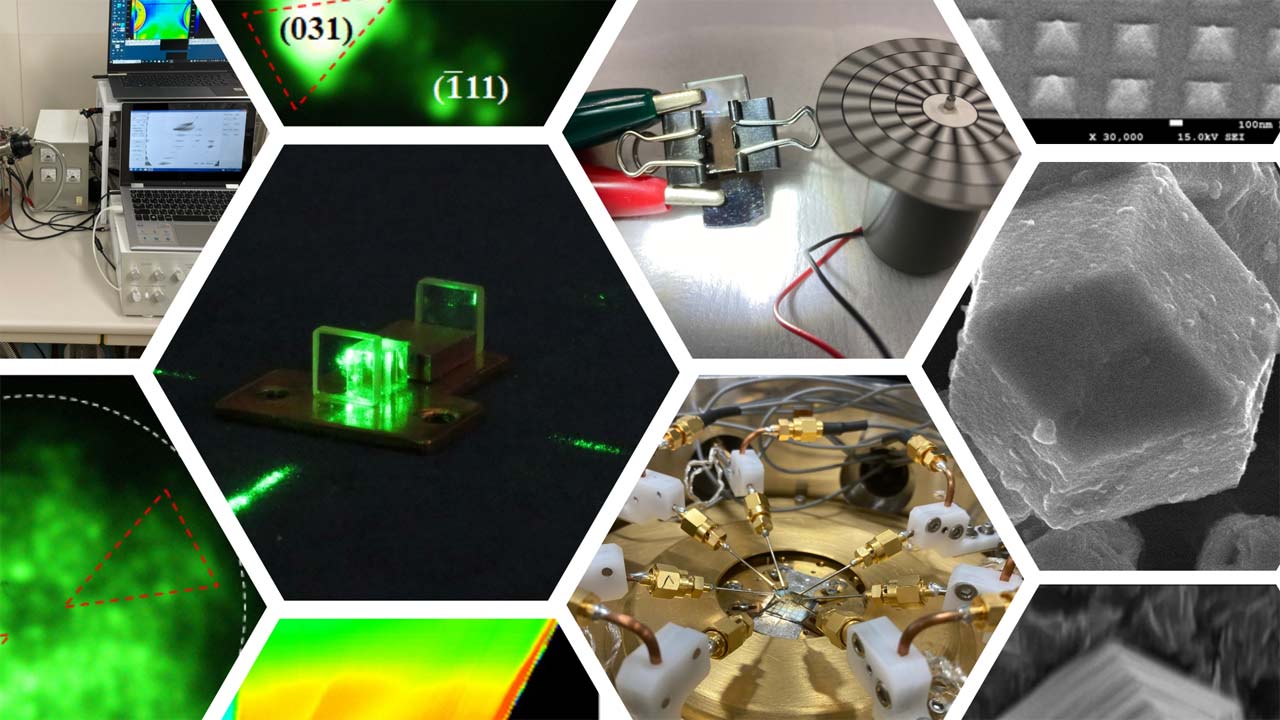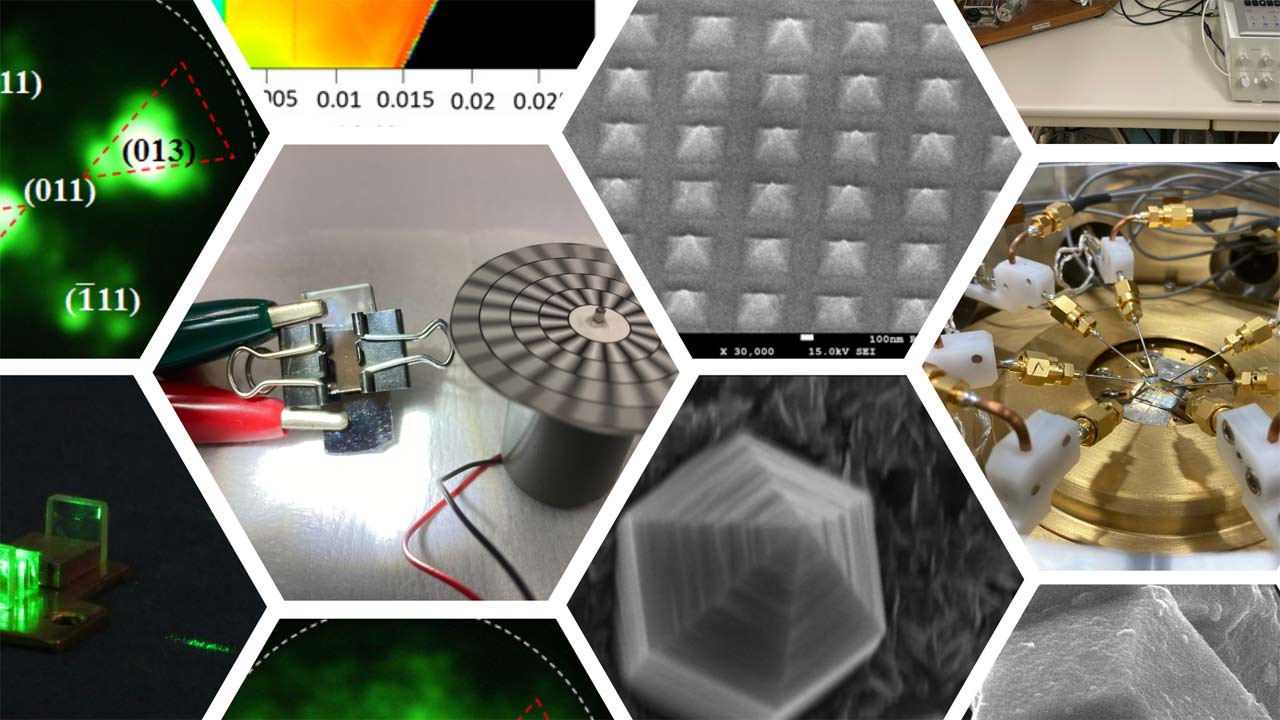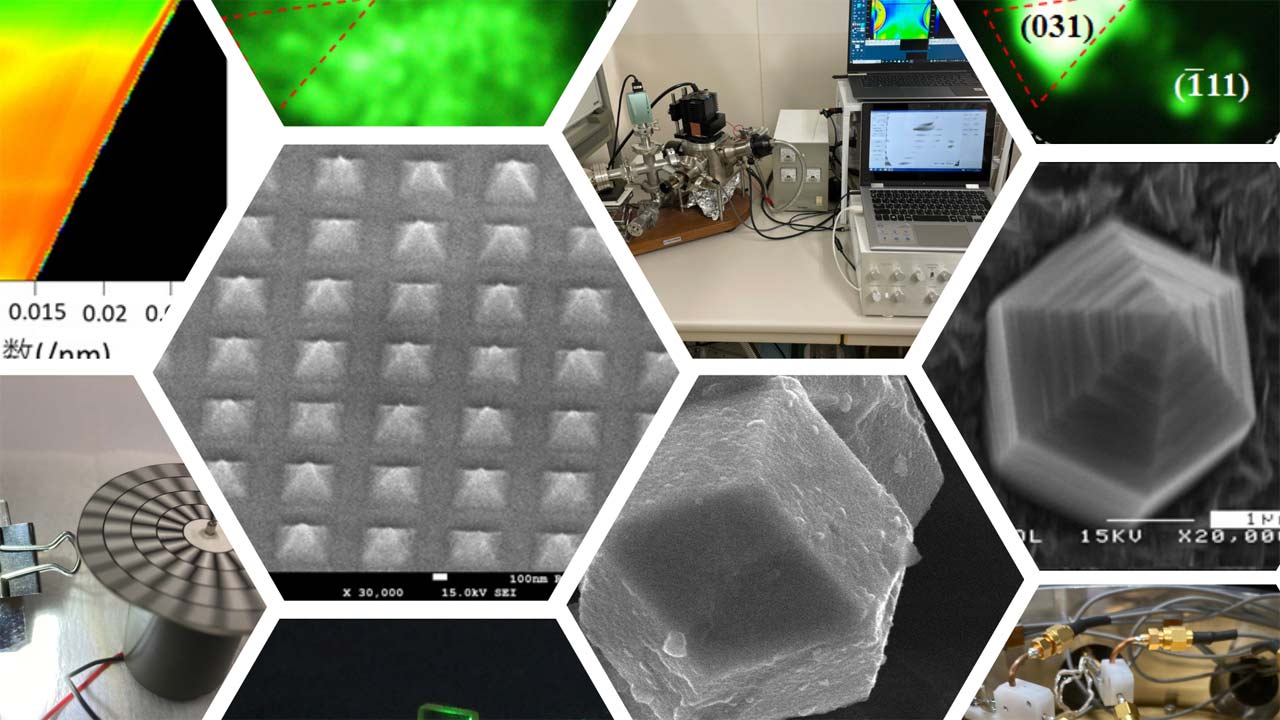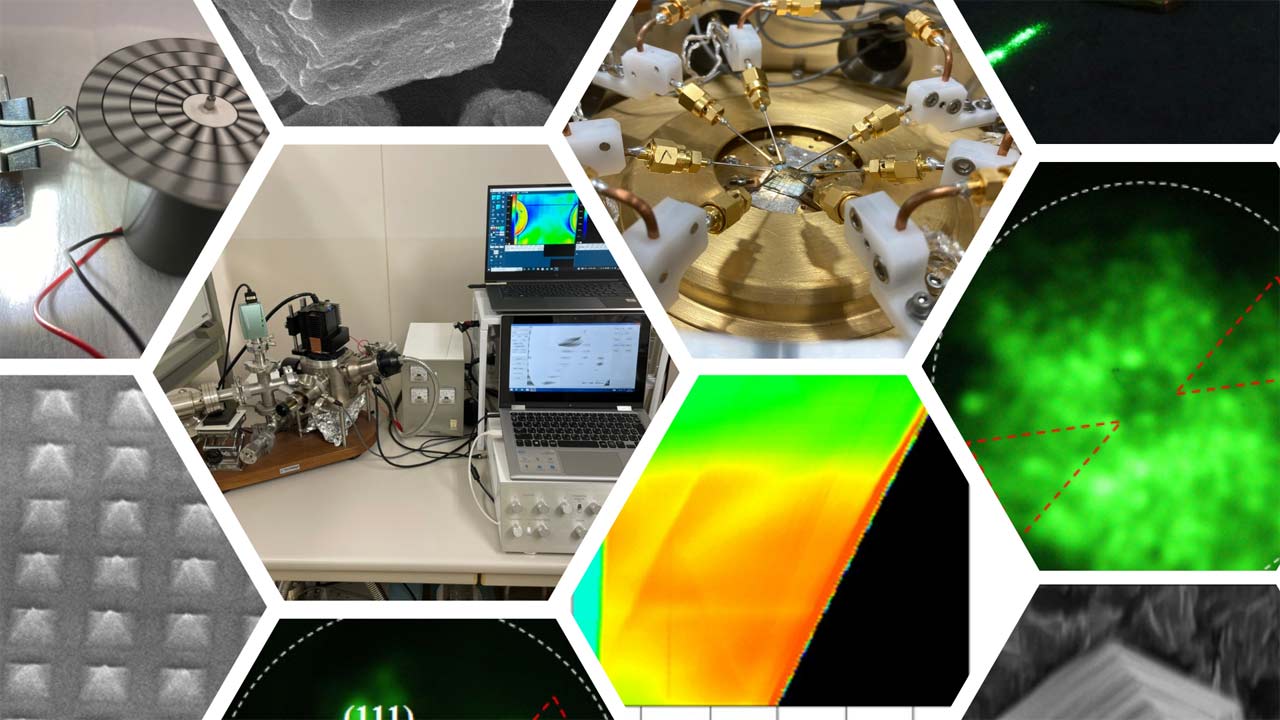News
News & Events
Feature
About
Crafting the Future through Electronics and Materials Science
Japan’s manufacturing has been leading the world. Its symbol of global manufacturing leadership is the automobile. However, its automobile prowess is not just about its appearance. Rather, hidden deep within the engine are electronic components that smartly operate the vehicle.
The secret to the powerful operation of gasoline engines lies in measuring the oxygen concentration in the exhaust gas to maintain the optimal fuel-air mixture. The sensor used for this purpose is made of a ceramic material called zirconia. The circuits that control it are truly the magic of electronics.
And then, there is the now ubiquitously indispensable car navigation system. At a cursory glance it is a visible display, but inside, it is an intriguing circuitry packed with the power of electronics and materials. Antennas that identify and lock onto GPS signals, electronic circuits that calculate positions, and liquid crystal panels for the display. Together, they guide us through even the most complex routes.
This fusion of technologies makes our lives more convenient and enjoyable.
For those who aspire to contribute to future technology, the Department of Electronics and Materials Science provides a platform to learn the collaboration between electronics and materials. We hope you become the innovators who lead the future. That is our one and only wish.
01

The Students in the Department of Electronics and Materials Science can acquire knowledge in both “Electronics” and “Materials and Energy Chemistry.”
Until now, engineering faculties have traditionally positioned electronics and materials as separate disciplines.
However, looking towards future challenges, we are taking a new step forward.
We aim to merge electronics and materials, nurturing students who possess knowledge in both areas and aiding in the creation of an innovative future. By transcending the boundaries of different fields and collaborating, we can expand learning opportunities that are rich and full of challenges.
02
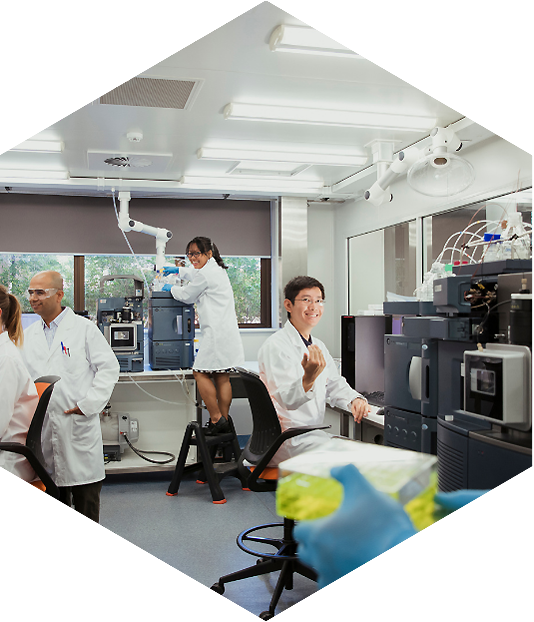
You can experience cutting-edge research in the field of electronic materials and devices.
The faculty members in the Department of Electronics and Materials Science are engaged in research in several fascinating fields. For instance, in the electronics field, they conduct cutting-edge research related to electronic devices such as smartphones and computers. In the optics and communication field, they contemplate innovative ideas concerning light and communication technologies.
In the field of energy and environment, faculty members are advancing research on sustainable energy and environmentally friendly technologies, which hold the potential to positively impact the future world. Additionally, in the field of chemical materials, they conduct research on the development and utilization of new materials, each of which is highly regarded in the engineering field.
03
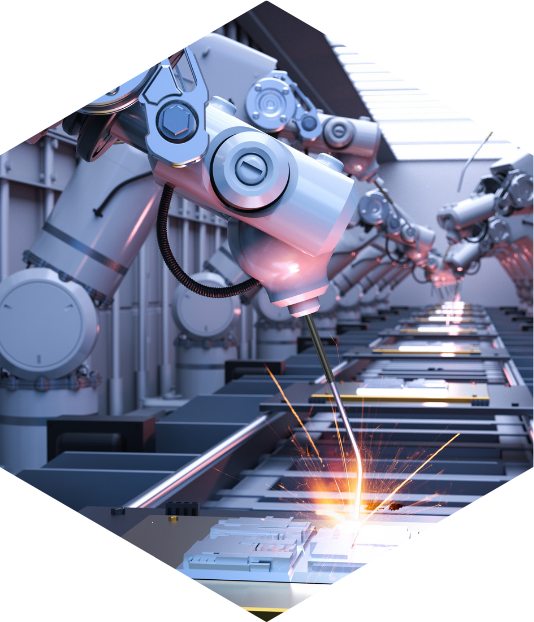
Graduates can pursue employment opportunities in various industrial sectors, with an almost 100% employment rate.
Approximately 60% of undergraduate alumni proceed to graduate school master’s programs, with a few individuals continuing to doctoral programs upon completion of their master’s degree. Employment destinations primarily include a wide range of industries such as the electronic equipment industry (Toshiba, Panasonic, Hitachi, Fujitsu), the optics industry (Hamamatsu Photonics, etc.), the automotive and transportation equipment industry (Toyota, Suzuki, Honda, Yamaha Motor, Dunlop, JR Tokai, Denso, Aisin Seiki, etc.), the energy industry (Chubu Electric Power, battery-related companies, etc.), the glass and ceramics industry (Japan Fine Ceramics, Noritake, LIXIL, TDK, Murata Manufacturing, Taiyo Yuden, AGC, Kyocera, NGK Insulators, etc.), and the chemical industry (Toyoda Gosei, Toyo Tire, Teijin, Nippon Electric Glass, etc.). Employment opportunities span a diverse range of industrial sectors.
We boast an almost 100% employment rate.
Courses
2 Courses
In their second year, students enroll in either the “Electronic Physics Device Course” or the “Materials Energy Chemistry Course.” The former tends to have a curriculum based more on physics, while the latter leans towards a curriculum based more on chemistry. Therefore, this department offers satisfaction to both students who enjoy physics and those who enjoy chemistry.
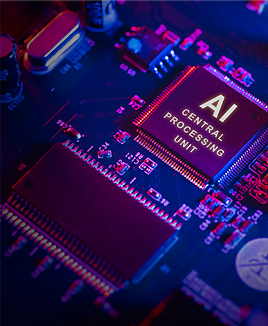
Electronics and Devices
Course of Electronics and Devices
We cultivate electronics engineers with a broad perspective and academic foundation, capable of creating novel devices such as energy devices and optical/electronic devices.

Materials Science and Engineering
Course of Materials Science and Engineering
We aim to foster outstanding individuals capable of developing electronic and optical materials that contribute to the creation of renewable energy, environmentally sustainable materials, and new devices.
Research
Research and Staff
Course of Electronics and Devices
Electronic Devices / Optical Devices / Energy Conversion Devices / Nano Devices
Course of Materials Science and Engineering
Organic Materials / Inorganic Materials / Optical Materials / Energy Materials







